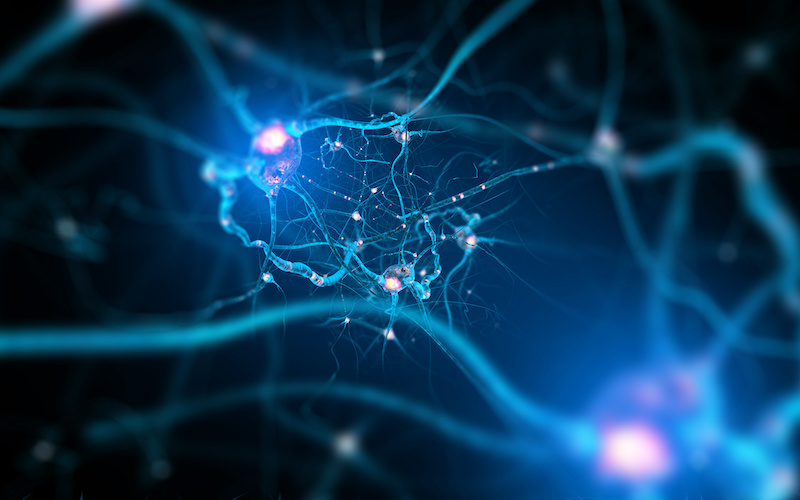How common is MS?
The 30th of May is World MS day. Like me, you may have grown up doing the MS read-a-thon, or have heard of the disease Multiple Sclerosis. It’s estimated that 2.8 million people around the world have MS, with worldwide data suggesting there has been an increase in the number of people being diagnosed since 2013. So, we at Sunshine Coast Neuro Rehab thought we’d take a moment to look at what MS is.
What happens to the body in MS?
Multiple sclerosis occurs when the immune system attacks the central nervous system. The central nervous system is made up of 3 parts – the brain, the spinal cord, and the optic nerves. The nerves are surrounded by a protective substances called myelin, which helps the messages between the brain and the body to pass quickly along the nerve cells. Damage to this nervous system, can lead to changes all over the body.
In MS some of the cells of the immune system, called lymphocytes, cross the blood-brain barrier. They attack the myelin that insulates the nerve cells, causing the myelin to break down. This interferes with the nerve’s ability to transmit information and leads to symptoms of MS.
What are the symptoms?
The symptoms of MS as a result of this immune attack are variable and no two people will experience the exact same set of symptoms. Symptoms will vary between people, depending on which aspect of the central nervous system is impacted – brain, spinal cord, or optic nerve, symptoms may impact different areas of the body. Symptoms may include;
- Tremor.
- Fatigue.
- Weakness.
- Balance issues.
- Visual disturbance.
- Dizziness and vertigo.
- Bladder and bowel issues.
For more information on Multiple Sclerosis and how we can support you at SCNR check out https://scnr.com.au/conditions/multiple-sclerosis/
If you or someone you know are affect by MS, physiotherapists can play a role is managing symptoms. Please contact us on 5448 115 or admin@scnr.com.au if you have any more questions or want to make an appointment.
Neve Cavanagh
Physiotherapist, APAM
B App Sci (Honours)

Home – MS Australia. (2022). Retrieved 18 March 2022, from https://www.msaustralia.org.au/
Global, regional, and national burden of multiple sclerosis 1990–2016: a systematic analysis for the Global Burden of Disease Study 2016, Wallin, Mitchell T et al., The Lancet Neurology, Volume 18, Issue 3, 269 – 285
Huang, W. J., Chen, W. W., & Zhang, X. (2017). Multiple sclerosis: Pathology, diagnosis and treatments. Experimental and therapeutic medicine, 13(6), 3163–3166. https://doi.org/10.3892/etm.2017.4410
